Among various available medications to treat epilepsy and nerve pain, Gabapentin is one of them. It is manufactured under many brand names, such as Neurontin, and is used to treat postherpetic neuralgia pain. Gabapentin 100 mg is a Schedule V controlled substance drug.
It is known to inhibit abnormal brain activities, responsible for these kinds of neuropathic disorders, such as seizures and convulsions. Also, Gabapentin may be prescribed off-label for fibromyalgia, restless leg syndrome (RLS), and neuropathy.
Notably, Gabapentin brand name drugs are not interchangeable, and each brand is FDA-approved for a specific purpose.
Mechanism of 100 mg Gabapentin:
Gabapentin belongs to the anticonvulsants or GABA analogs class of drugs. The therapeutic action of Gabapentin is unknown yet. However, it helps to reduce unusual excitement in the brain through neurotransmitters, mainly GABA (Gamma-Aminobutyric Acid) neurotransmitter. Gabapentin effectively interferes with nerve signals, which are responsible for generating pain. This process aids in changing the patient’s perception of feeling pain.
Uses:
100 mg Gabapentin is used in both medical and off-label. Both primary and off-label use are mentioned below-
Primary uses:
- Postherpetic neuralgia
- Seizures
- Epilepsy
- Restless Leg Syndrome (RLS)
Off-label uses:
- Fibromyalgia
- Neuropathic Pain
- Bipolar disorder
- Postmenopausal hot flashes
- Migraine prophylaxis
- Anxiety
- Resistant depressant and mood disorders
- Alcohol withdrawal
Dose and Effectiveness:
Gabapentin comes in two dosage forms, tablets, and capsules, for oral administration only. Other available dosage strengths, such as:
- Gabapentin 300 mg
- Gabapentin 400 mg
- Gabapentin 600 mg
- Gabapentin 800 mg
- Gabapentin 1200 mg
- Gabapentin 1600 mg etc.
Dosage:
For treating epilepsy in adults –
A dose of 300 mg Gabapentin thrice a day, is the recommended starting dose. It can be increased to 600 mg by the doctor, based on the condition of the patient. The recommended maximum daily limit is 1200 to 1600 milligrams. Moreover, the interval between succeeding dosages should not exceed 12 hours.
Pediatric dose for treating epilepsy –
The initial dose may vary for children aged between 3 and 11 years. Furthermore, for children above 11 years of age, the administered starting dose is 300 mg, thrice a day.
The typical daily dose for the adult that is effective for treating neuropathic pain is 900 mg to 3600 mg in a day, in 3 divided doses. For the right guidance to manage Postherpetic Neuralgia, Restless Legs Syndrome, and other health conditions, a person must seek medical consultation.
Effectiveness:
Gabapentin starts to work within 2 to 3 hours, after taking a Gabapentin dose. An individual may experience its full effects in 1 or two weeks. It can be taken with or without food, with a cup of water.
Side Effects of Gabapentin 100 mg:
Patients may face side effects as follows, then it is required to consult with the doctor immediately. Nonetheless, the symptomatic aftereffects depend on a person’s age, metabolism, and tolerance levels.
- Restlessness
- Cough
- Anaphylaxis
- Joint pain
- Rhabdomyolysis
- Suicidality
- Problem while urinating
- Peripheral edema
- Headache
- Amblyopia
- Fever
- Loss of appetite
- Amnesia
- Nausea
- Depression
- Impotence
- Seizures
- Confusion
- Fatigue
- Dizziness
- Weight gain
- Constipation
Precautions:
- Gabapentin is a prescription medicine. Never take it without a doctor’s consultation.
- Never mix Gabapentin with other drugs unless the doctors suggest doing so.
- It is also essential that drinking alcohol is not permitted while using Gabapentin.
- Discontinuing the medication suddenly or in a single dose can increase the risk of seizures.
- Follow the treatment exactly as prescribed by a healthcare expert.



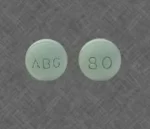
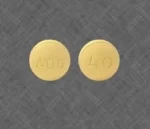


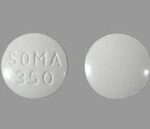

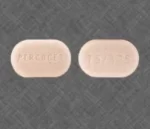
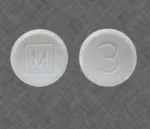
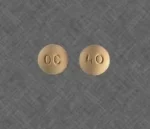

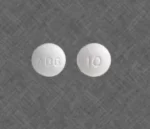
Reviews
There are no reviews yet.